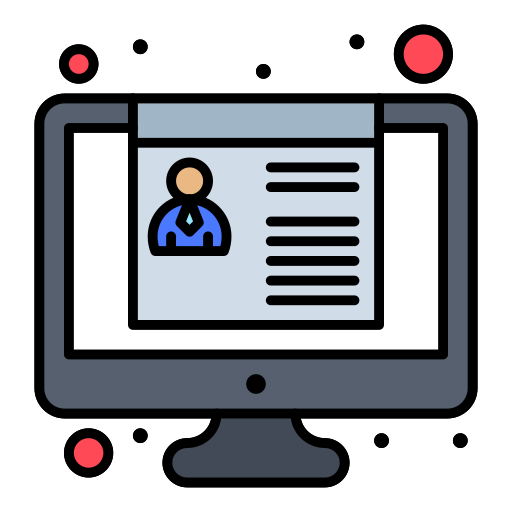The way we maintain and manage devices in the modern workplace has changed dramatically. Due to the shift in the global workplace to blended and remote arrangements The traditional method of sharing computers within an office was replaced by more complicated workflow, called Device Lifecycle Management. Managed Desktop Service is a crucial element of this change. It helps organizations streamline processes, improve the experience of end users, and ultimately lead to an increase in productivity.
Device Lifecycle Management, often known as DLM covers the entire process of a device’s the moment of purchase until the point of retirement. It includes a range of steps, including procuring, provisioning maintenance and disposal at the conclusion of the lifespan. While DLM was once a easy process in the traditional workplace but the era of remote work has created layers of complexity and challenges.

IT managers must now manage asset management and logistics throughout the lifecycle of the device. The necessity to cater to the demands of hybrid and remote workers is driving this evolution. In the end, it has become imperative for organizations to adopt efficient strategies, and Managed Desktop Service has emerged as a game-changer.
Managed Desktop Service Remote work enabler
Managed Desktop Service, or MDS, is a comprehensive solution that is designed to make it easier for managing of the devices of users. The service provides a complete approach to device provisioning, maintenance and support, which makes it a valuable asset for IT managers. Here’s how Managed Desktop Service is helping organizations navigate the challenges of remote work:
Improved End-User Experiential: A main purpose of Managed Desktop Service, is to enhance the user experience. It tackles the most common issues faced by remote workers which include delayed equipment installation and software upgrades. MDS increases job satisfaction and productivity by making sure employees have access to the resources and tools they need when they are required.
Managed Desktop Service streamlines device provisioning for remote employees. MDS allows companies to quickly effectively distribute laptops and other devices needed by new employees so that they can get started immediately. This eliminates the frustration of employees waiting to receive their devices and having delays when they begin their jobs.
Managed Desktop Service makes it easier for IT teams to update and patch software. It permits you to schedule updates in non-disruptive time slots to ensure that your employees aren’t interrupted while carrying out critical work. This reduces the possibility of interruptions for employees during important meetings or video calls.
Quick Repairs and Replacing: In an environment where remote workers are working urgent repairs or replacements of malfunctioning equipment is essential. Managed Desktop Service providers have often established robust support systems to ensure that employees receive immediate help if their devices have issues. They not only cut down on downtime, but also the risks of cyber-attacks caused by the use in emergencies of personal devices, or insecure devices.
Cost efficiency: By outsourcing the management of end user devices to a Managed Desktop service provider, companies are able to reduce expenses. This approach eliminates the need for in-house staff to handle task management for devices, lowers the chance of expensive interruptions due to outdated equipment, and increases the overall efficiency of device lifecycle management.
The Impact on Engagement of Employees and Turnover
A smooth, efficient device lifecycle management process directly impacts employee engagement and retention. Employees who are unhappy because of device issues could be more disengaged and may even be tempted to look for opportunities to expand their business. Inefficient DLM could have a major effect on engagement of employees.
Organizations who invest in Managed Desktop Service, and a Device Lifecycle Management Strategy can provide a stimulating and enjoyable work environment. Employees who have access to the most efficient tools, who experience less disruption, and receive prompt assistance for any issue, are more likely to stay with their current employer. This could reduce turnover and the recruitment and training costs associated with it.
Mitigating Cybersecurity Risks
Cybersecurity is an important priority for organizations in the age of remote work. If employees don’t have proper devices management it is possible that they use their own devices or devices that aren’t secured, which could pose an immediate threat to security of the data and network of the business.
Managed Desktop Service providers usually have strong cybersecurity protocols in their systems. They are able to make sure that the devices are up-to on the most up-to-date security patches and that the data is secured and encrypted. This proactive strategy helps businesses reduce risks and ensure secure remote work environments.
Conclusion
The importance of Managed Desktop Service and Device Lifecycle Management cannot be understated as the work environment continues it’s evolution. These are services that have become crucial for companies that want to adjust to the requirements of remote and hybrid work. By focusing on improving the end-user experience, streamlining the provisioning of devices and improving cybersecurity companies can increase productivity, cut down on turnover and create a safe and enjoyable work environment in the new age of work. It’s not only about keeping current and technology, but also about an improved competitive and efficient future.

